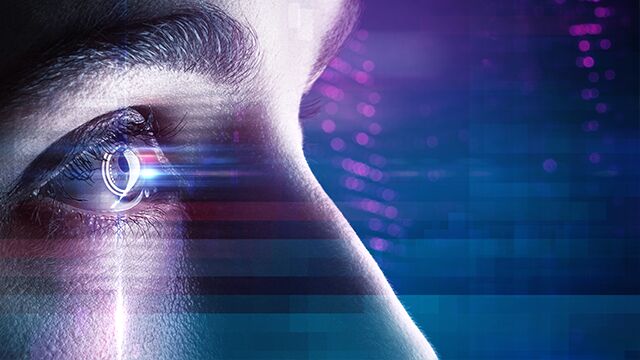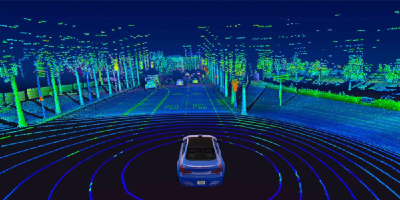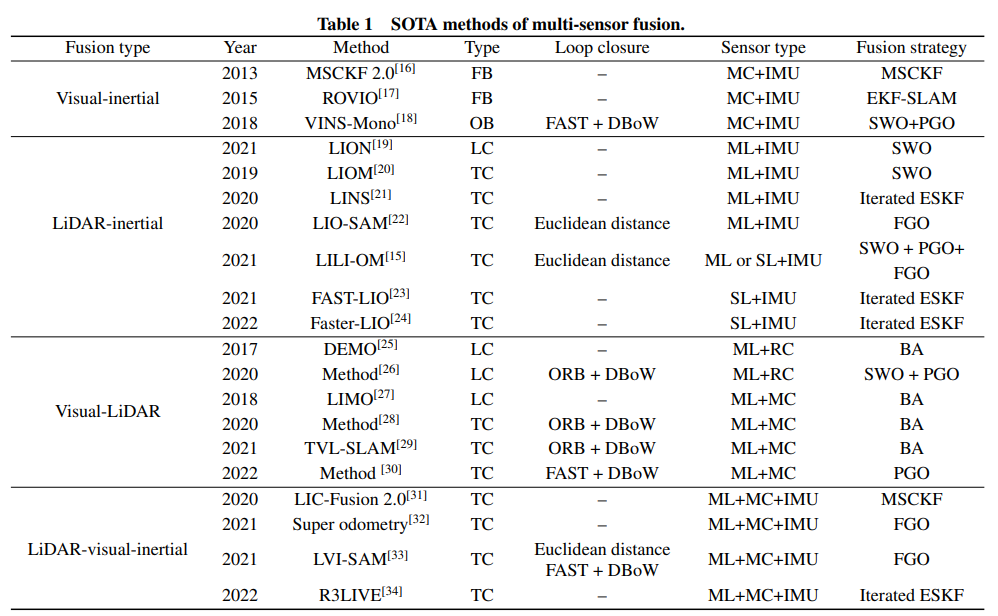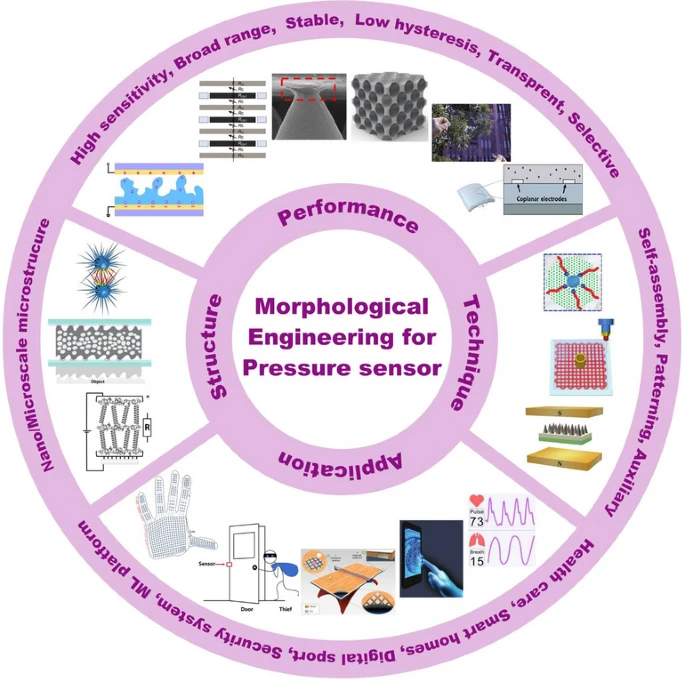LiDAR is a core sensor for advanced driving systems. Its 3D environment reconstruction and active illumination, which is not affected by nighttime lighting, complement cameras and millimeter-wave radar by providing rich and accurate environmental information. LiDAR is increasingly integrated into automotive sensing hardware for higher levels of automated driving.
1. Are LiDARs safe?
With the wider deployment of LiDAR, some people express concern about safety because the term "laser" can evoke images of high-energy beams. The common question is whether the laser beams emitted by automotive LiDAR can harm the human eye.
2. How international standards classify laser products
The international electrotechnical commission standard IEC 60825-1:2014 classifies laser products by hazard level. Class 1 lasers are considered safe under reasonably foreseeable conditions of use, while Class 4 lasers are highly hazardous; Class 2 and Class 3 represent low and moderate hazards respectively. Automotive LiDAR products are required to meet Class 1 specifications. Their emitted power and irradiance are well below levels that could cause eye injury. In normal use, Class 1 automotive LiDAR does not present a hazard to the human eye. Compliance with Class 1 requirements is part of product safety certification.
3. Technical basis for safety
Whether a laser can injure the eye depends on the energy density delivered to ocular tissues. Two aspects matter: the instantaneous energy of a single pulse, and the average accumulated energy per unit area over time. Single-pulse energy is controlled by limiting the LiDAR transmitter power so it does not exceed regulatory thresholds. Most commercial automotive LiDARs are scanning systems. For example, a line-scanning LiDAR emits a laser line that is swept across a scene by a rotating mirror to cover a wide field of view (for example, 120°).
The eye anatomy is also relevant. The cornea, lens, and retina interact differently with various wavelengths. Most automotive LiDARs operate around 905 nm (near-infrared); some use 1550 nm (short-wave infrared). A 905 nm beam transmits a portion of its energy through the cornea and lens to the retina, while a 1550 nm beam is largely absorbed by the cornea and lens with very little reaching the retina.
This explains why 1550 nm systems have higher permissible exposure limits in standards. However, wavelength alone does not determine safety: as long as emitted energy is kept within the eye-safety thresholds defined by standards, the beam is considered safe. A 1550 nm source exceeding limits can still cause corneal or lens injury, and a 905 nm source exceeding limits can damage the retina.

4. Experimental and standard-based evaluations
Standard test setups simulate a human pupil aperture to evaluate worst-case exposure. Under normal lighting, pupil diameters range from 2.5 to 4 mm; in dark conditions pupils can dilate to 5–7 mm. Tests often use a conservative 7 mm aperture to simulate an extreme exposure scenario and perform measurements at close distances, typically 100 mm to 1 m, since irradiance decreases rapidly with distance.
Under such stringent test conditions, only about 1% of the emitted beam energy typically couples into the eye, and water absorption in ocular media further reduces the energy reaching the retina. Measured retinal exposure in these scenarios is often on the order of 20% of the retinal injury threshold. IEC 60825-1 also considers skin exposure; experimental evaluations show LiDAR emissions are well below skin safety limits (for example, on the order of 1% of the threshold). Therefore, Class 1 certified automotive LiDAR products are not expected to pose a hazard to the eye or skin under normal conditions.
5. Safety in environments with multiple LiDARs
With more vehicles adopting LiDAR, questions arise about cumulative exposure when many LiDARs are present, such as at busy intersections. The cumulative effect depends on three factors: overlap distance, probability of beam convergence, and duration of convergence.

In summary, both single and multiple LiDAR deployments, when designed and operated within the limits of international standards, do not present a substantial hazard to human eyes under normal usage conditions. Standards such as IEC 60825-1 and manufacturer safety controls provide a technical and regulatory foundation for ocular and skin safety in automotive LiDAR systems.
 ALLPCB
ALLPCB






